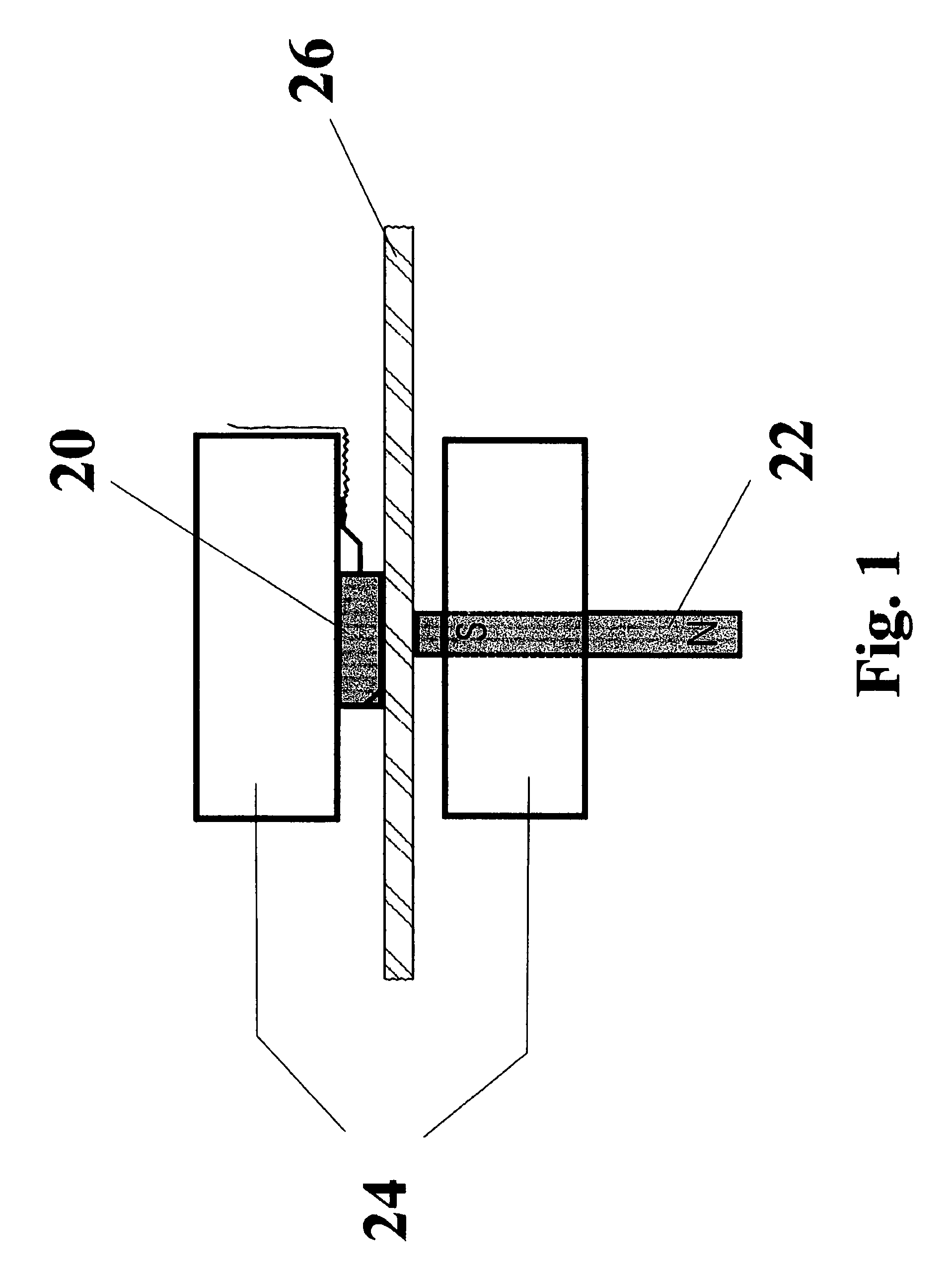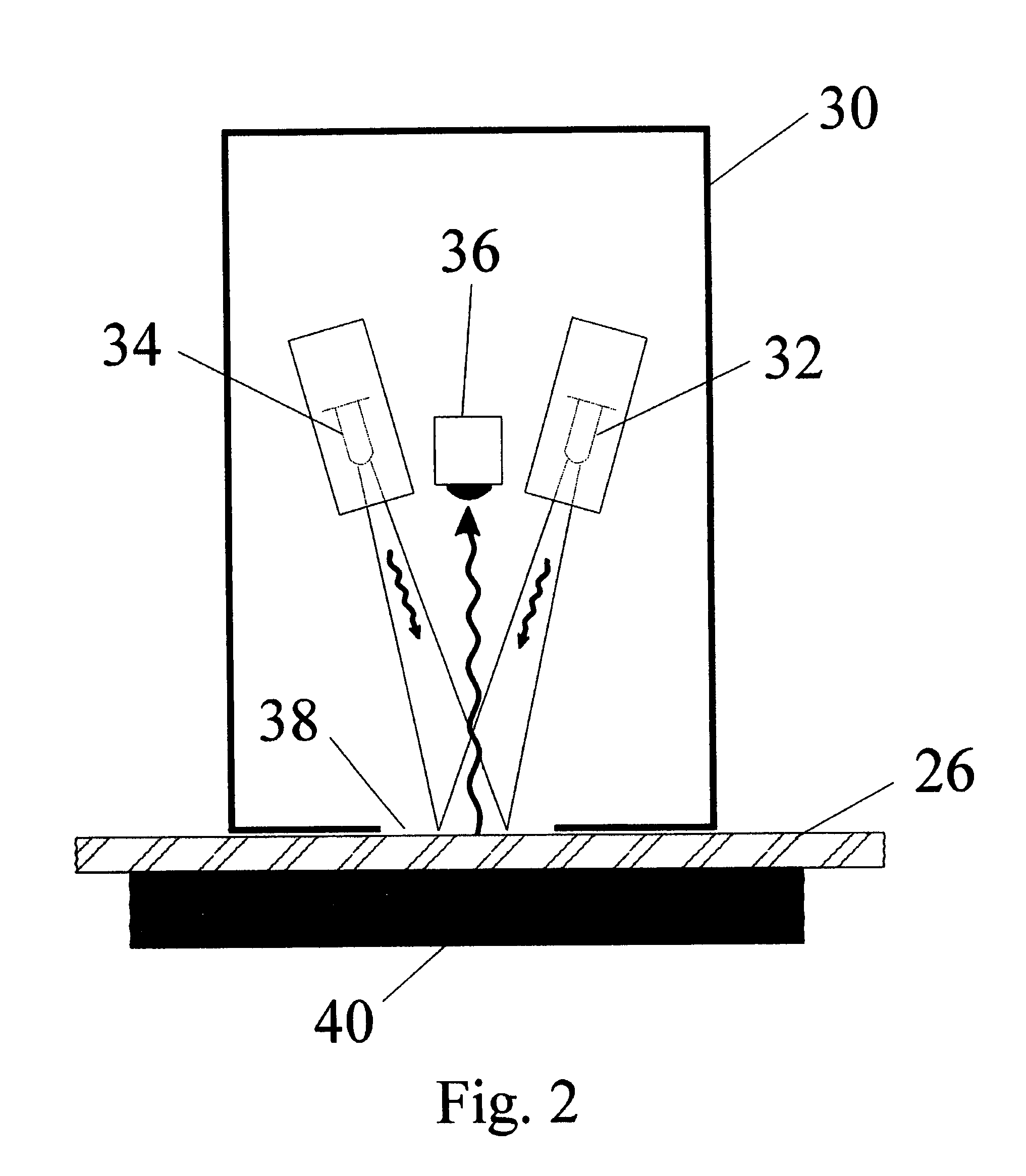Phytometric intelligence sensors
a technology of intelligence sensors and phytometric sensors, applied in the direction of galvano-magnetic hall-effect devices, mechanical measuring arrangements, instruments, etc., can solve the problems of not being able to meet the watering needs of plants, cumbersome and time-consuming use of mechanical micrometers or calibers, and damage to leaf cells by micrometers or calibers, etc., to achieve the effect of miniaturizing the real-time phytometric invention
- Summary
- Abstract
- Description
- Claims
- Application Information
AI Technical Summary
Problems solved by technology
Method used
Image
Examples
Embodiment Construction
[0027]The following definitions are provided to clarify the invention:
Physiological Bio-Feedback
[0028]The plant physiological biofeedback associated with the measurement of intrinsic physical or behavioral traits within the plant as described in this invention. These traits are measured in real-time. The bio-feedback signal is measured in a unit yet to be determined, at this point termed “plant-stress”. The bio-feedback analog or digital signal is stored in the RAM of a computer chip. The plant is said to reach the unit “plant-stress” when the data spikes. For example, it has been shown that the TIR leaf water index as described in this invention exhibits a characteristic increase between several hours and several days before leaves actually start to dehydrate during the development of water deficit stress. It is our believe that this phenomenon is a direct result of the relocation of chloroplasts within cells due to the down-regulation of photosynthetic activity. Thus, the describe...
PUM
 Login to View More
Login to View More Abstract
Description
Claims
Application Information
 Login to View More
Login to View More - R&D
- Intellectual Property
- Life Sciences
- Materials
- Tech Scout
- Unparalleled Data Quality
- Higher Quality Content
- 60% Fewer Hallucinations
Browse by: Latest US Patents, China's latest patents, Technical Efficacy Thesaurus, Application Domain, Technology Topic, Popular Technical Reports.
© 2025 PatSnap. All rights reserved.Legal|Privacy policy|Modern Slavery Act Transparency Statement|Sitemap|About US| Contact US: help@patsnap.com



